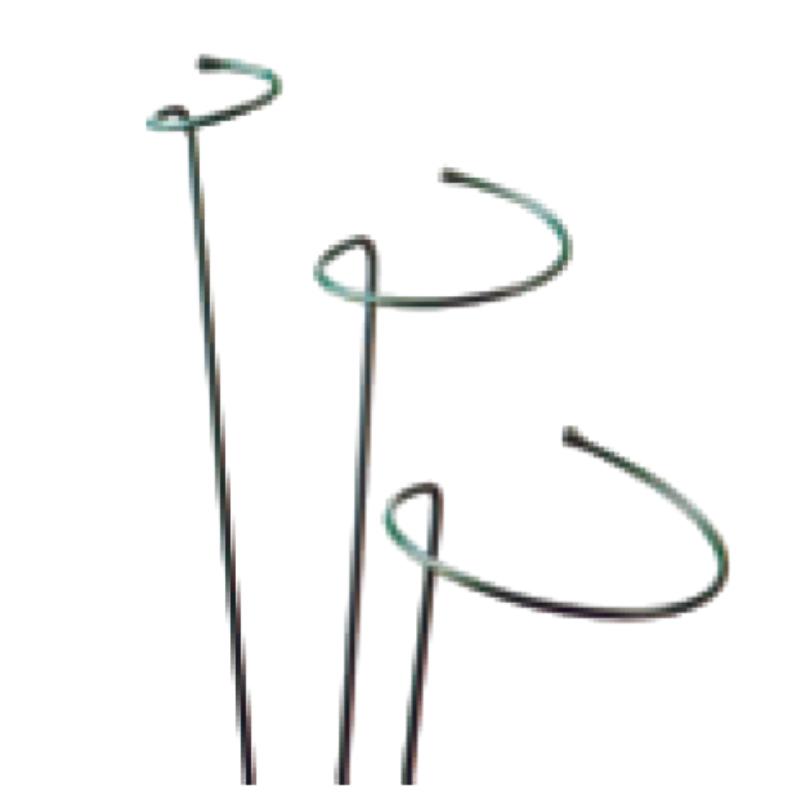-
ئېلخەت:zhao@hyliec.cn
-
تېلېفون:+86 311 85273988
-
WhatsAPP:8613931128750
-
 African
African -
 ئالبانىيە
ئالبانىيە -
 Amharic
Amharic -
 ئەرەبچە
ئەرەبچە -
 ئەرمىنىيە
ئەرمىنىيە -
 ئەزەربەيجان
ئەزەربەيجان -
 Basque
Basque -
 بېلورۇسىيە
بېلورۇسىيە -
 Bengali
Bengali -
 Bosnian
Bosnian -
 بۇلغارىيە
بۇلغارىيە -
 Catalan
Catalan -
 Cebuano
Cebuano -
 كورسىكان
كورسىكان -
 كىرودىيە
كىرودىيە -
 چېخ
چېخ -
 Danish
Danish -
 گوللاندىيە
گوللاندىيە -
 ئىنگىلىزچە
ئىنگىلىزچە -
 Esperanto
Esperanto -
 ئېستونىيە
ئېستونىيە -
 فىنلاندىيە
فىنلاندىيە -
 فىرانسۇزچە
فىرانسۇزچە -
 Frisian
Frisian -
 Galician
Galician -
 گرۇزىيە
گرۇزىيە -
 German
German -
 گرېتسىيە
گرېتسىيە -
 Gujarati
Gujarati -
 ھايتى كرېئول
ھايتى كرېئول -
 hausa
hausa -
 hawaiian
hawaiian -
 ئىبرانىي تىلى
ئىبرانىي تىلى -
 ياق
ياق -
 Miao
Miao -
 ۋېنگرىيە
ۋېنگرىيە -
 ئىسلاندىيە
ئىسلاندىيە -
 igbo
igbo -
 ھىندونېزىيە
ھىندونېزىيە -
 irish
irish -
 Italian
Italian -
 ياپون
ياپون -
 Javanese
Javanese -
 Kannada
Kannada -
 kazakh
kazakh -
 Khmer
Khmer -
 رىۋاندا
رىۋاندا -
 كورېيە
كورېيە -
 كۇرد
كۇرد -
 قىرغىزىستان
قىرغىزىستان -
 TB
TB -
 لاتىنچە
لاتىنچە -
 Latvian
Latvian -
 لىتۋانىيە
لىتۋانىيە -
 لىيۇكسېمبۇرگ
لىيۇكسېمبۇرگ -
 ماكېدونىيە
ماكېدونىيە -
 Malgashi
Malgashi -
 مالايسىيا
مالايسىيا -
 Malayalam
Malayalam -
 Maltese
Maltese -
 Maori
Maori -
 Marathi
Marathi -
 موڭغۇل
موڭغۇل -
 بېرما
بېرما -
 نېپال
نېپال -
 نورۋېگچە
نورۋېگچە -
 نورۋېگچە
نورۋېگچە -
 Occitan
Occitan -
 پۇشتۇ
پۇشتۇ -
 پارسچە
پارسچە -
 پولشا
پولشا -
 پورتۇگال تىلى
پورتۇگال تىلى -
 Punjabi
Punjabi -
 Romanian
Romanian -
 رۇسچە
رۇسچە -
 Samoan
Samoan -
 شوتلاندىيە گال تىلى
شوتلاندىيە گال تىلى -
 سېربىيە
سېربىيە -
 ئىنگىلىزچە
ئىنگىلىزچە -
 Shona
Shona -
 سىندى
سىندى -
 Sinhala
Sinhala -
 سلوۋاكىيە
سلوۋاكىيە -
 سىلوۋېنىيە
سىلوۋېنىيە -
 سومالى
سومالى -
 ئىسپانچە
ئىسپانچە -
 Sundanese
Sundanese -
 Swahili
Swahili -
 شىۋىتسىيە
شىۋىتسىيە -
 Tagalog
Tagalog -
 تاجىك
تاجىك -
 تامىل
تامىل -
 تاتار
تاتار -
 Telugu
Telugu -
 تايلاند
تايلاند -
 تۈرك
تۈرك -
 تۈركمەنلەر
تۈركمەنلەر -
 ئۇكرائىنا
ئۇكرائىنا -
 ئوردۇچە
ئوردۇچە -
 ئۇيغۇر
ئۇيغۇر -
 ئۆزبېك
ئۆزبېك -
 ۋېيتنام
ۋېيتنام -
 Welsh
Welsh -
 ياردەم
ياردەم -
 Yiddish
Yiddish -
 يورۇبا
يورۇبا -
 Zulu
Zulu
Metal Plant Supports
What Is The Support Structure Of A Plant?
The support structure of a plant refers to the system of tissues and organs that provide stability and enable the plant to maintain an upright position. This support structure includes several key components:
1. Cell walls: The rigid cell walls of plant cells provide structural support, especially in non-woody plants. The cell walls help maintain the shape and rigidity of the plant's cells, contributing to its overall structure.
2. Stems: Stems play a crucial role in supporting the plant and providing a framework for the attachment of leaves, flowers, and reproductive structures. The stems also facilitate the transport of water, nutrients, and sugars throughout the plant.
3. Roots: The root system anchors the plant in the soil, providing stability and support. Additionally, roots absorb water and nutrients from the soil, contributing to the overall health and growth of the plant.
4. Vascular tissues: Xylem and phloem are specialized tissues that form the plant's vascular system. Xylem transports water and minerals from the roots to the rest of the plant, while phloem transports sugars and other organic compounds to various parts of the plant.
5. Specialized structures: Some plants have specialized support structures, such as tendrils, thorns, or aerial roots, which aid in climbing, attachment, or additional support.
The combination of these structural elements allows plants to maintain their shape, withstand environmental forces, and support essential physiological processes.
Iron Plant Supports Faq
What are the benefits of using iron plant supports?
Iron plant supports offer durability and strength, making them suitable for providing robust support for heavy or sprawling plants. They can withstand the weight of mature plants and help maintain their shape and structure.
What types of plants are best supported by iron plant supports?
Iron plant supports are well-suited for providing support to a wide range of plants, including peonies, roses, delphiniums, and other tall or heavy-flowering perennials. They can also be used for supporting climbing plants such as clematis or sweet peas.
How should iron plant supports be installed?
Iron plant supports should be installed firmly in the ground to ensure stability. When supporting individual plants, place the support structure around the plant early in the growing season, allowing the plant to grow into and around the support naturally.
Are there different styles and designs of iron plant supports available?
Yes, iron plant supports come in various styles and designs, including hoop supports, grid supports, and individual stakes. These different designs cater to the specific needs of different types of plants and can provide effective support while enhancing the visual appeal of the garden.
How can iron plant supports be maintained?
To maintain iron plant supports, periodically inspect them for signs of rust or corrosion, especially if they are exposed to the elements. If rust is present, it can be removed using a wire brush, and the supports can be treated with a rust-resistant coating or paint to prolong their lifespan.






